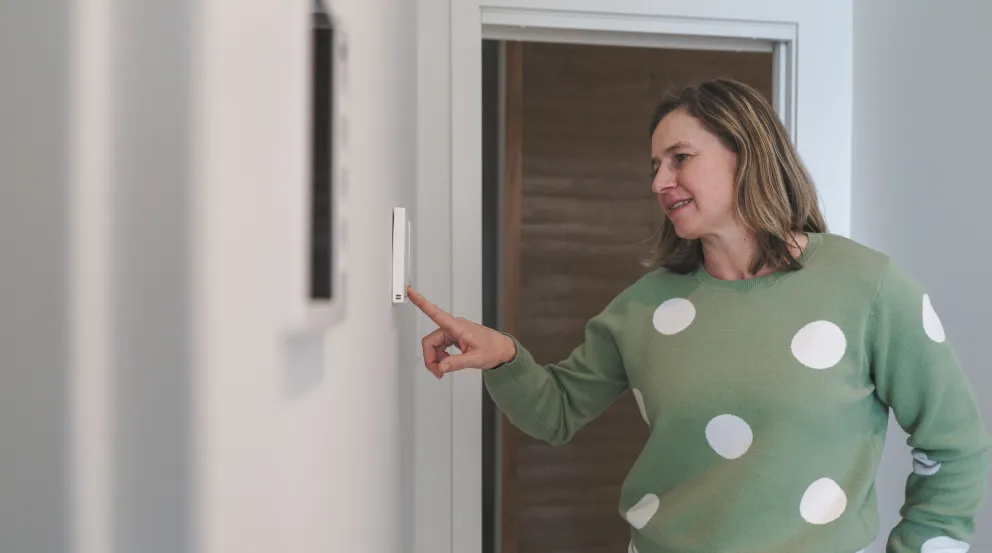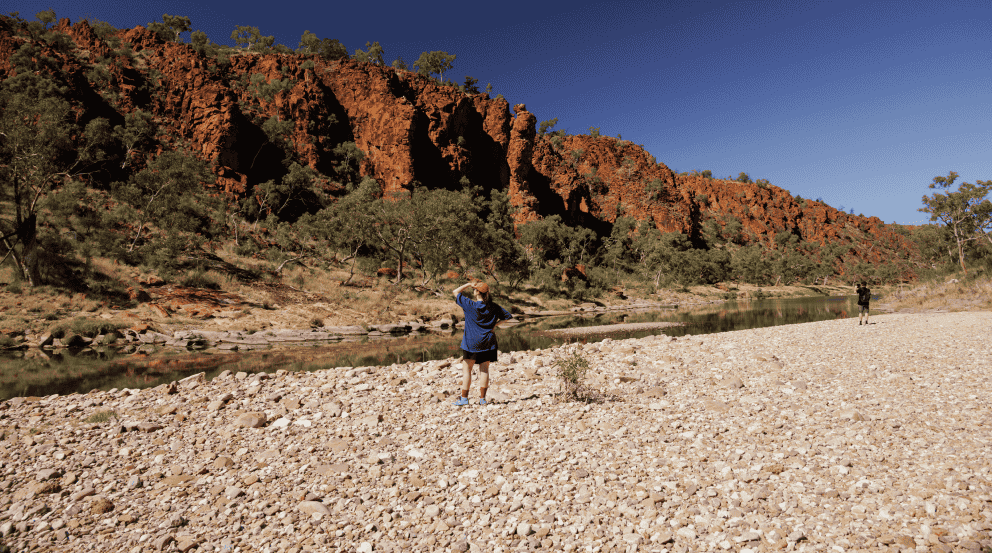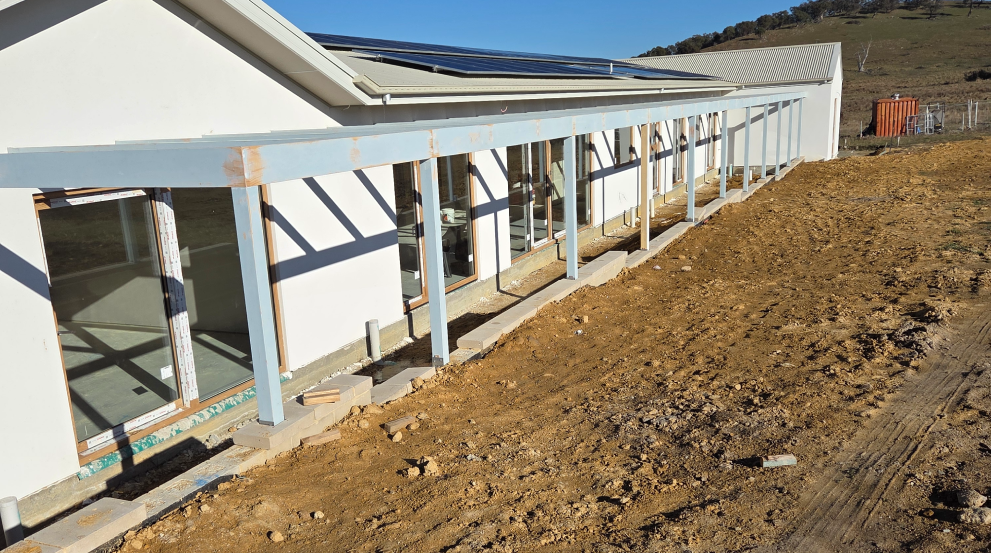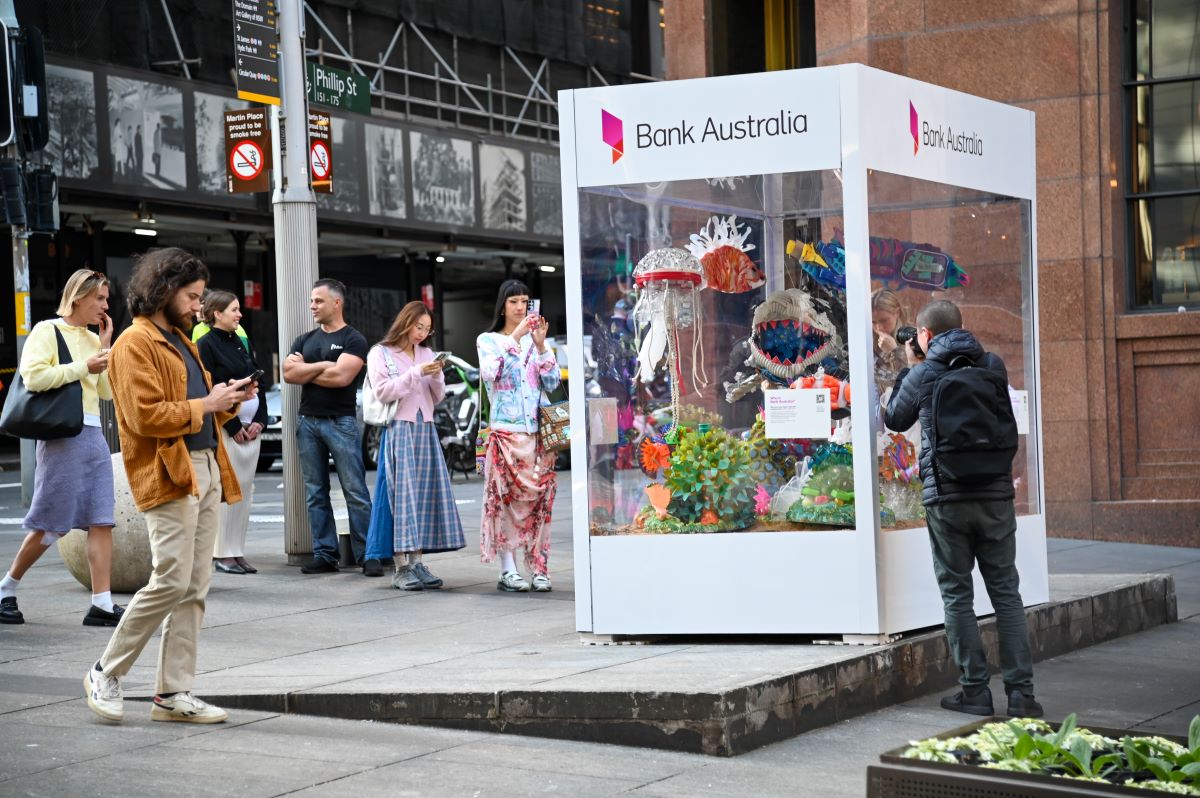Feel like you’re constantly trying to stay ahead of the chill in your home? You’re not alone. Whether you’re renting, renovating or just trying to cut costs, here are an expert’s practical tips on staying warm and saving energy this winter.
It’s a common myth that Australia doesn’t get that cold. But ask anyone living in regional New South Wales, a frosty Victorian or Tasmanian suburb or elevated parts of Queensland and they’ll tell you winter can bite, especially overnight. Yet many Australian homes just aren’t built for the cold, so winter means either dealing with discomfort or cranking up the heat and waiting for the spike in energy bills – and emissions.
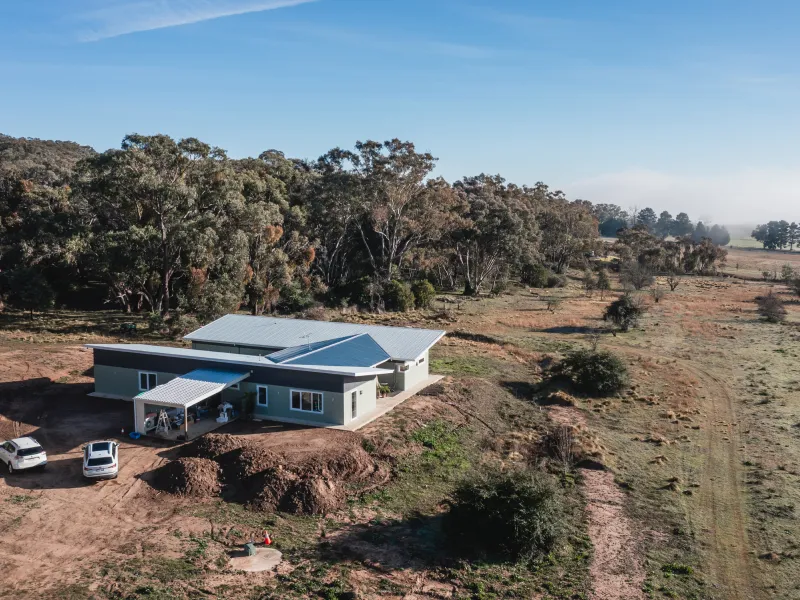
Why many Australian homes struggle with the cold
Our chilly winter living standards ultimately come down to the way our homes are built, heated and maintained. According to Helen Oakey, CEO of Renew – a Bank Australia partner focused on making Australian homes more sustainable – it starts with our housing stock. “Between 1950 and 1990, there was a post-war building boom where lots of poorly insulated houses were built,” she says. “A lot of pre-2006 houses don't necessarily meet energy efficiency standards that keep you warm enough in winter.”
Many homes lack underfloor and wall insulation, and ceiling insulation – if it’s there at all – can degrade over time. Air leaks around floorboards, skirting boards, ceiling cavities and window frames make the problem worse: warm air escapes and cold air creeps in.
“You might be heating your house but losing all that energy through air gaps or uninsulated surfaces,” Helen says. “It’s inefficient – but it’s also uncomfortable.” And with energy prices climbing, inefficient homes are costlier than ever.
So, what can we do? Whether you’re renting, renovating or just trying to cut bills, here are Helen’s expert tips on staying warm and saving energy in winter.

Warm yourself first
One of the most effective ways to stay warm is to shift how we think about heating. “Warming yourself instead of the space is a great strategy, especially if you’re renting or can’t make major upgrades,” Helen says.
This could mean localised tech, like electric blankets on beds or a heated throw on the lounge in front of the TV. “They are cheap to buy and cost very little to run,” Helen says.
This localised approach also applies to heating. Try to keep your heating ‘zoned’ to one or two key spaces, and keep doors closed to retain warmth. “Heating the whole house can be really energy intensive,” Helen says. “It’s much better to heat smaller zones, such as just the living room and kitchen, especially in the evening.”
Finally, don’t forget the basics: “Warm clothes, slippers and a hot drink are the cheapest heating of all!,” Helen says.
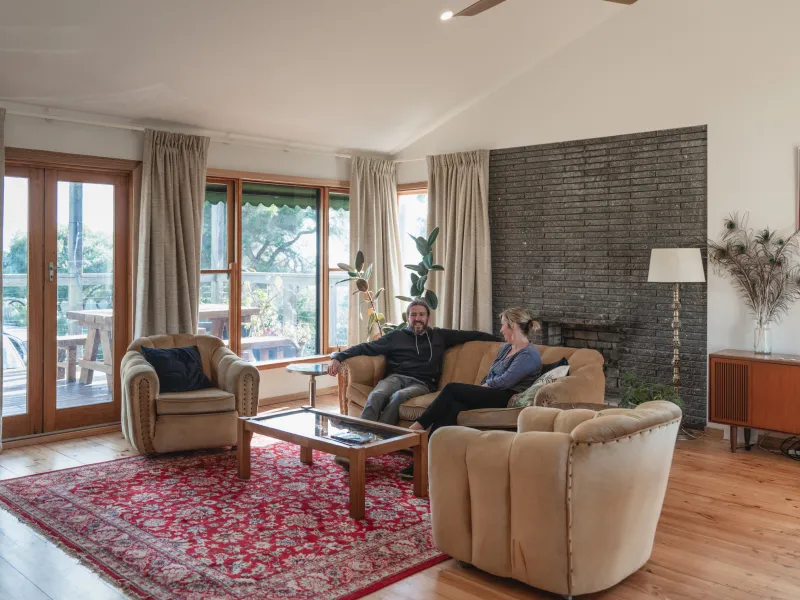
Sealing and DIY insulation: Small fixes, big gains
Not in the position to do a full retrofit? You’re not alone. But sealing up gaps and making small, strategic improvements can go a long way.
“Draught-proofing is one of the cheapest and most effective things you can do,” Helen says. Look for gaps around windows, doors, skirting boards and floorboards and seal them up with caulking or weather strips from the hardware store. “Renters can often get permission from landlords to do these minor upgrades, and it really helps,” Helen says.
Older windows are another common culprit for heat loss. “Most don’t have double glazing so the heat escapes fast,” Helen says. You can mimic the effect of double glazing with DIY insulation fixes, like covering the glass with clear plastic film or bubble wrap (bonus: extra privacy), while heavy curtains can keep warmth in.
Rugs can also help insulate timber floorboards. “Rugs will block draughts coming up from underneath,” Helen says. And if you’re lucky enough to have a north-facing room, open the blinds or curtains during the day to let the sun in. “The heat from the sun gets absorbed into hard surfaces and is released as warmth in the evening,” Helen says. “That’s how thermal mass works – just don’t forget to close the blinds when the sun goes down!”

Make the most of your heating system
If you already have a heating system in place – especially a modern reverse-cycle air conditioner – it’s worth learning how to use it properly. “Split systems are the most energy-efficient heating option available,” Helen explains. “They use heat pump technology, so for every unit of energy you put in, you get three to five units of heat out. No other heating will give you that efficiency, so it’s worth getting out the manual and brushing up on its features.”
To maximise efficiency, Helen recommends setting the thermostat to between 18-20°C. “Even lowering the temperature by just a degree or two can reduce your bills,” she says.
She also suggests setting timers to control usage, keeping the thermostat away from overly hot or cold areas to ensure accuracy, using energy efficiency modes and cleaning filters at least once a year. “If you have ducted heating, it’s also worth checking the ducting to make sure it’s intact and heat isn’t escaping,” Helen says. And don’t forget ceiling fans. “Most have a reverse setting that helps circulate warm air back into the room, which is particularly useful for houses with high ceilings.”
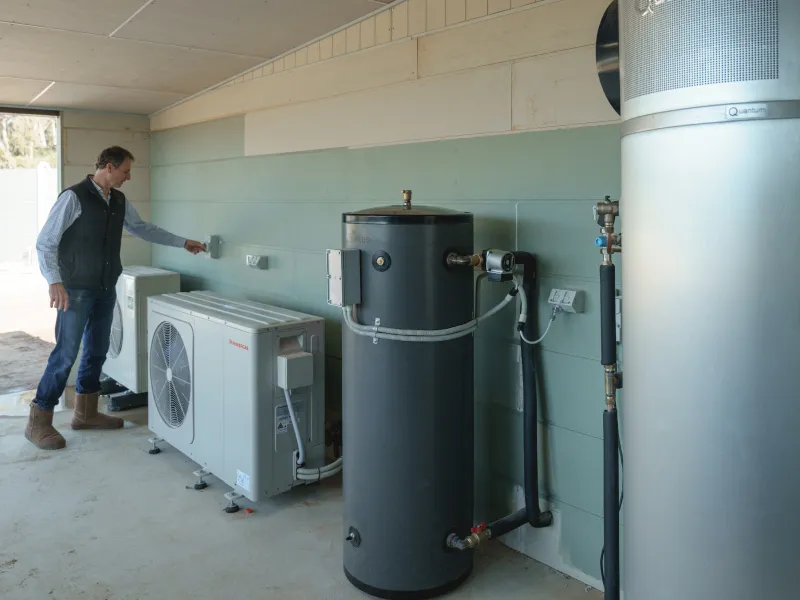
Longer-term home upgrades
If you’re a home owner with the capacity to invest in improvements, Helen suggests thinking in stages: “First, seal up air gaps*, then wrap the home with insulation, then look at your heating and energy systems.”
This might mean getting off gas and switching to a fully electric home, investing in energy-efficient appliances, improving insulation and installing solar panels (especially if you work from home and use energy during the day) and a home battery.
“Daytime solar and storage can power your heating and appliances in the peak evening period, or even top up your EV,” Helen says. “There are rebates out there – including a new national battery rebate – to make this more accessible.”

An efficient home can be healthier and more comfortable
Beyond the financial and environmental benefits, warmer, insulated, and well-sealed homes simply feel better – and they’re better for us. “Keeping a comfortable temperature inside a home pis really important for people's wellbeing,” Helen says. “Living in a perpetually cold house is not good for our health, and people who are elderly or have disabilities are often much more vulnerable.”
Even small changes can make a big impact. “With a little advice and support, most people are able to take action in their home to improve their comfort and cut their bills,” Helen says.
There are plenty of resources out there to help you get started. Renew’s Sustainability at Home and Getting off Gas guides are useful for homeowners and renovators, along with buying guides for energy efficient heating systems and appliances. There are also professional assessors who can help with draught and energy efficiency assessments in your home.
*Note: If you're still using gas appliances, seek expert advice before sealing to maintain ventilation and ensure safety.
Would you like to switch your home from gas to electric but you’re not sure where to start? Electrify Your Home with BOOM! Power
